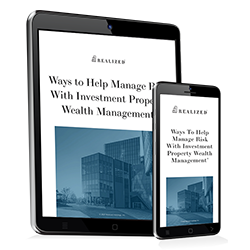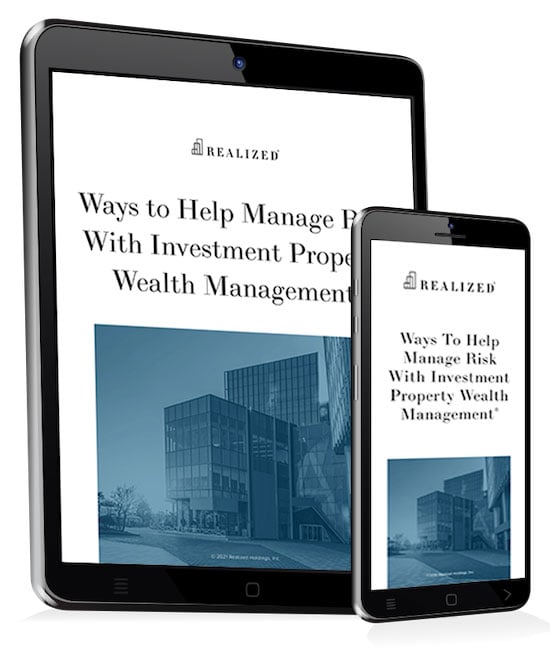
All real estate assets are influenced by systemic risk at some level. But some assets are more exposed to systemic risk than others. This article will identify some of those assets and look at why they have a higher level of systemic risk.
What is Systemic Risk?
Systematic risk is an exogenous shock. It can be an instability, collapse, or failure of some sector, industry, or even the larger market, as was the case with the Great Financial Crisis. Systemic risk is not the same as systematic risk. Systematic risk is synonymous with general market risk, which is the background risk that is always present in the market. In contrast, systemic risks seem to come from out of the blue.
To see the differences at an asset level, consider retail vs. multifamily. On average, retail has higher volatility and systematic risk than multifamily. Retail is susceptible to the business cycle and consumer trends.
If the FED increases interest rates, it can start slowing down the economy. As the economy slows, consumers will get laid off. Less spending means less revenue for retail. Some retail businesses will inevitably go out of business. For the consumer, they will forego retail spending in favor of keeping their home.
The business cycle and the FED raising interest rates are both systematic risks. They are in the background and known, which is much different from a shock that devastates the economic landscape.
Assets Exposed to Systemic Risk
Certain real estate sectors have higher exposure to systemic risk than others. The tourist industry does have systemic risk exposure to weather. For example, an area on the beach with lots of hotels, restaurants, and a theme park will attract many tourists. These businesses are prepared for bad weather and even hurricanes. But not the rare hurricane that may blow in and wipe structures off the map.
Multifamily is also exposed to systemic risk. Before the Great Financial Crisis, many subprime borrowers took out adjustable-rate mortgages and interest-only loans to finance their homes. As the value of homes plummeted and people were laid off, subprime homeowners could no longer afford the sky-high payments on their homes, causing the real estate market to crumble.
Investors (i.e., speculators) who have high leverage are exposed to exogenous shocks as well. These investors are looking to generate outsized returns but have little room for error. They leverage up on multiple properties.
When something goes wrong from an unexpected event, these investors must deleverage quickly, creating a fire sale of their properties. Depending on the properties being sold, it can create further instability in the local economy and potentially into the broader economy.
The Stock Market's Role in Real Estate Crashes
The stock market has certainly played a role in real estate crashes. The stock market is a financial market. When it crashes, it affects financial institutions. These are the same institutions that lend to real estate investors. As credit tightens, risks spread, affecting the general economy.
Banks may decide to call in loans, stop lending altogether, or apply loan covenants. All of these actions have the potential to crash real estate markets.
Some notable stock market crashes that impacted real estate include:
- The Panic of 1837
- 1873 stock market crash
- The Great Depression of 1929
- 1990s savings and loan crisis, which caused interest rates to rise
Investors may think turning to diversification will limit their exposure to systemic risks. However, diversification only works to limit idiosyncratic risk. Like systematic risk, systemic can’t be diversified away. This does not mean diversification should be ignored, as it certainly has its place.
This material is for general information and educational purposes only. Information is based on data gathered from what we believe are reliable sources. It is not guaranteed as to accuracy, does not purport to be complete and is not intended to be used as a primary basis for investment decisions.
Diversification does not guarantee a profit or protect against a loss in a declining market. It is a method used to help manage investment risk.
All real estate investments have the potential to lose value during the life of the investment. All financed real estate investments have the potential for foreclosure.



